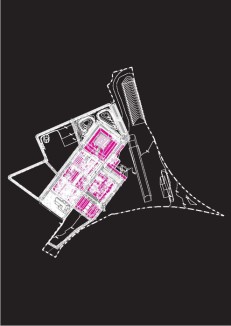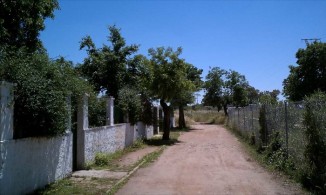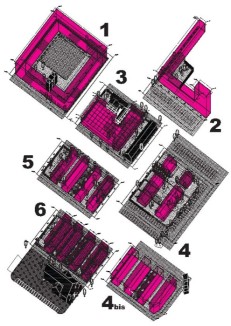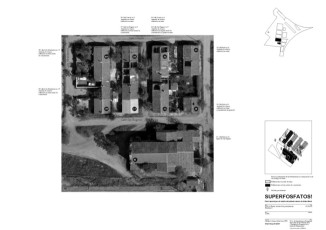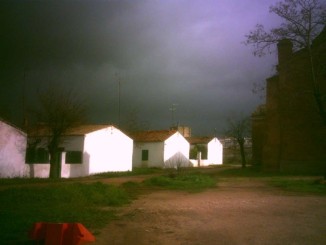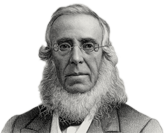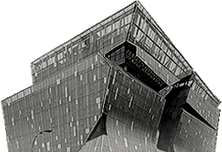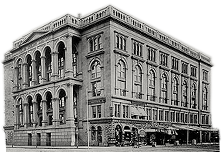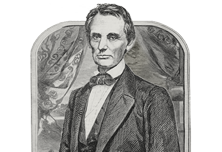Master Plan for Aldea Moret Old Mining Village
Aldea Moret Old Mining Village, a partially abandon 100,000m2 company town around Caceres' planned Node of Innovation, is located to the South of the city's historic centre, a UNESCO World Heritage Site. The objective of this masterplanning – inspired by the recuperation of the Rivera del Marco – is to establish Caceres as a leading European city of Creativity and innovation. We believe this transformation is only possible if the existing buildings, the current inhabitants, and the new constructions establish a strong relationship with each other. But rather than imposing homogenity on the area, we propose to diversity and exploitation of the existing as a guiding strategy.
The historic Old Mining Village of Aldea Moret -- Sopanish national Heritage Site -- consists of fragments that differ by function and size, containing, in a random sampling, seven housing blocks datting from the early 1900s, in different state of ruin, several pieces of abandon mining infrastructure, two newly renovated heroic concrete shell warehouses and many informal public spaces. Instead of attempting to unify or homogenize the area, we prefer to start with what is existing and to capitalize on it (this also forms the basis of our approach to sustainability).
Open spaces – or 'voids' – are potentially more important than the impulse to add new buildings. These voids can become animated public spaces that form connections within the area and to the surrounding city. A project of such ambition and scale requires subtle acts of preservation and regeneration. We propose seven strategies of preservation that expand the traditional categories, identify new values in the preexistences and allow to double the number of units following the village original plan.
In summary the Master Plan for the Old Mining Village of Aldea Moret is the first step in the transformation of the former company town in the Node of Innovation; a net-zero neighborhood developed through participatory processes that explores expanded definitions of preservation.
Master Plan for Aldea Moret. credit:
View from the Abundancia Street.
Preservation Strategies.
Block One Current State.
View from the Main Square.

